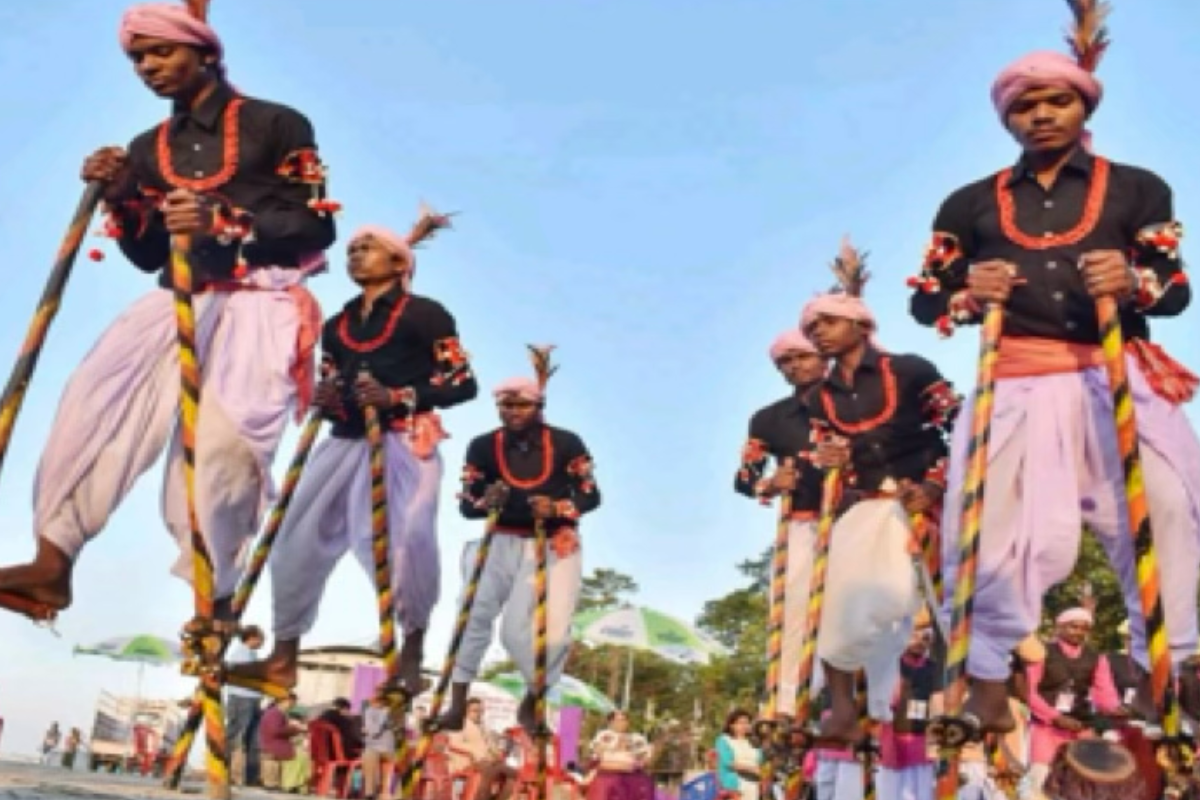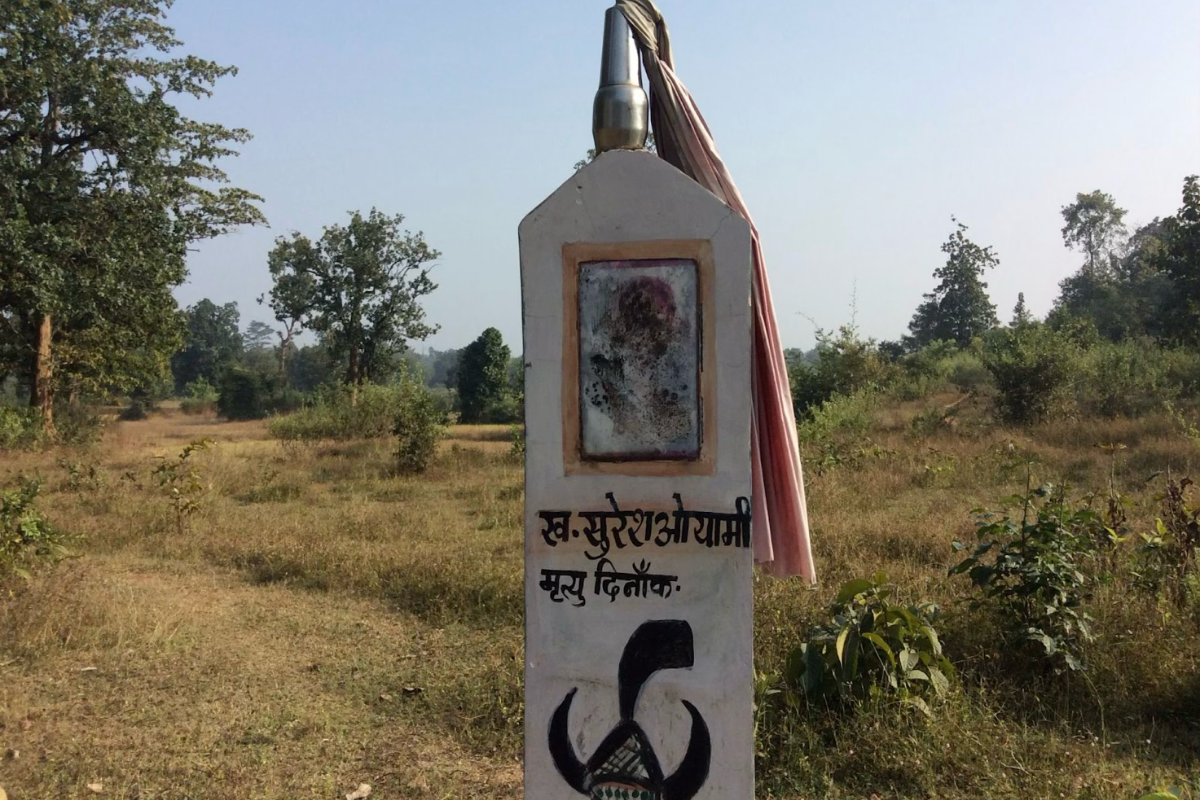“Widow.The word consumes itself.”
Sylvia Plath
Widows in India have a pronoun problem. The estimated 40 million women widows in the country go from being called “she” to “it” when they lose their husbands. They become “de-sexed” creatures
Clearly, it’s more than a problem of language, although that discrimination goes further, With epithets such as “husband eater used against them. In the northern Indian state of Punjab, a widow is referred to as randi, which means “prostitute” in Punjabi.
Sati as a practice was not invented by Ancient Indian texts but by the greed of people. Most of the contemporary historians believe that the practice of Sati was encouraged to deprive the widows from the property of their deceased husbands. Family members (usually the surviving brothers of the deceased) cloaked their desires under the shadow of religion. Hinduism was used as a weapon to rightly ask for the lives of innocent widowed women. The women under societal pressure were made to self immolate themselves. This served twin purposes; the family was no longer entitled to maintain the widow and her sacrifice ensured that the share of her deceased husband would revert to the surviving members.
It is a privilege to state, the evil practice of Sati is no longer practiced in India. But at the same time it is a shame to admit that the condition of Hindu widows has turned worse with time. Even today most of the widows in the country are abounded from their houses. They have no place to go. They are unable to maintain themselves and thus are forced to take refuge under the Vidhwa ashrams.
Regrettably, Indian society embraces patriarchal socio-cultural norms for widows, shackling these women to a cursed half-life. Accounts that establish social mores addressing widows can be traced back to the Vedic period (ancient India) where a widow was allowed to choose her path after the demise of her husband. Her options included freely joining her husband in the funeral pyre (Sahamaranathat), leading a life of rigid sexual abstention, remarriage, or voluntarily bearing and parenting the child of another man (Niyog). In fact, ancient scriptures like the Rig Veda account for societies view of marriage as a sacrament that must not be suspended at any given point in time, hence, practices like widow remarriage and Niyog were encouraged Nevertheless a widowed woman was at liberty to select her way of life without being questioned.
With the onset of the later Vedic age (medieval India), women’s rights drastically reduced as the region began to follow the “Manusmriti”, an age-old text that dictated laws for men and women. Dressed in white with her head shaved to avoid attention from men, a widowed mother during this period was forced to lead a celibate life. However, if a widow had no surviving children, she was compelled by society to follow Sati, a ritual that forced a widow to sacrifice herself by sitting on the funeral pyre with her deceased husband.
During British rule, many Indian reformists like Raja Rammohan Roy stood at the vanguard to fight for widows’ rights, particularly the outlawing of Sati (Raina, 2018). This led to the introduction of the Bengal Sati Regulation Act (1829) which declared the practice of Sati as a punishable offence and the establishment of the Widow Remarriage Act (1856). Although the Widow Remarriage Act (1856) was an effort taken to prevent the practice of Sati, it failed to change societal attitudes towards widows as they continued to lead a forced austere life devoid of pleasures. In fact, periodic occurrences of Sati continue to exist today, Widows in modern day India continue to endure socio-economic and psychological harm despite governmental and organizational efforts to eradicate discrimination and increase enfranchisement for this vulnerable group.
Many continue to hold myths and stigmas against widows. Sometimes, widows are believed to be witches who have dark supernatural powers. On other occasions, they are accused of having committed a grave sin in their previous birth for which they are punished with widowhood. From time to time they are questioned of having illicit affairs with men and every now and then they are suspected of murdering their husband to attain his property and wealth. Ultimately, widow are viewed as inauspicious by society.
The city of Vrindavan in the north Indian state of Uttar Pradesh is also known as the ‘City of Widows and is home to an estimated more than 20,000 women who have lost their husbands. These women have been abandoned by their families and are shunned by the society because of many superstitions. Widow are said to bring bad luck and being a widow is considered the biggest curse for a woman.
According to Hindu scriptures, widows must remove all adornments, wear only white clothes, should observe fasts and even forego hot foods and maintain a vegetarian diet at all times. They are forbidden from participating in religious festivals and auspicious ceremonies and are not allowed to bathe in the sacred river along side pilgrims. They are also banned from wearing their hair long as it makes them attractive. Their heads are shaved upon the death of their husband.
Although widow remarriage is legal in India, it is still frowned upon by society. The situation deteriorates for women who are dependent on their families. For a lot of women with no Income, their only refuge remains spending the rest of their lives in an ashram (a shelter), They spend a life stricken with poverty and rely on alms or the money they receive for singing devotional songs in temples. A large majority of the widows in Vrindavan were given away as child brides to older men and end up being child widows. Some slip through the cracks and end up as prostitutes.
The Sevadasi system (service done to the rich and powerful pilgrims are seen as a form of piety) prevalent in these institutions, further encourage practices of trafficking and prostitution. Under this system, the widows are supposed to offer every service to please the owners of Dharamshalas and Bhajan Ashrams in which sex is also included. The Bhajan ashrams offer these widows to earn Rs 3 to 4 a day and some meagre ration, if they assemble in the bhajan ashrams to sing bhajans (devotional songs) in mornings and evenings. The food, shelter and clothing of these destitute women depend on the mercy of these ashrams and some courteous travellers.
Lack of access to credit or other economic resources for childcare or education. No rights or limited rights to inheritance or land ownership under customary and religious law makes them dependent on the charity of their husbands relatives
Disowned by relatives and made homeless, many women seek informal work as domestic labourers or turn to beg or prostitution. In some cases, widows can become liable for the debts of a deceased spouse.
Widows often find themselves the victims of physical and mental violence – including sexual abuse – related to inheritance, land and property disputes.
Widows coerced into participating in harmful, degrading and even life-threatening traditional practices as part of burial and mourning rites. For example, in many countries, widows are forced to drink the water that their husbands’ corpses have been washed in. Mourning rites may also involve shaving off the hair, adhering to a particular dressing pattern and scarification
Widows often experience poor health conditions due to poor nutrition, inadequate shelter and vulnerability to violence, combined with lack of healthcare access. As widows are expected to be asexual, widows’ sexual and reproductive health needs may go unaddressed. Widows are particularly vulnerable in the context of HIV and AIDS. Women may be kept unaware of the cause of their husband’s AIDS-related death and made to undergo ritual cleansing through sex with male relatives regardless of HIV status. The economic insecurity stemming from widowhood also drives some women and girls to sex work.
Widows may themselves be subject to discrimination, sexual violence where they are raped, mutilated, or infected with HIV.
A widow not only deals with the loss of her husband but also faces numerous physical and socio-economic hardships that can cause psychological trauma. These women are susceptible to depression, anxiety, loneliness, helplessness, and loss of self-worth and confidence. Accepting societal stigmas and norms against them can produce a submissive and withdrawn state of mind.
The Indian government has introduced laws and policies to eliminate the inequity faced by widows and increase equality for this group. The Hindu Succession Act (1956) acknowledges th right of a widow to willingly remarry and also allows her the right to inherit her deceased husband’s property. The Indira Gandhi National Widow Pension Scheme (IGNWPS) grants widows aged 40-79, categorized below the poverty line with 300 rupees per month (Schemes for Welfare of Women, 2020; National Social Assistance Scheme, 2020).
However, this welfare scheme fails to recognize widows below the age of 40 who are poverty-stricken and struggle to make ends meet. Although the government has recognised the financial rights and needs of widows, it is also important to acknowledge the baseless societal stigmas, myths, and patriarchal attitudes towards these women. Several widows face harsh discrimination every day because of these attitudes and the first step to eradicate these injustices is through education and awareness.
Written by Ramya, Assistant Professor & Tribal Researcher, Department of English, P.K.R Arts College for Women, Erode Dt Tamilnadu
Read more from the Author
- Why Devdasi system is still continuing in India?
- NIYOGA: SEX FOR DHARMA, NOT FOR PLEASURE
- “Mulakaram” Tax for Breast: If Never Paid, Let them Bare
- Farewell to India’s Pattaya, Neemuch-Mandsaur Highway in Madhya Pradesh
- The Naked Truth of Bastar; Tribal Heart Land of India
Follow Ground Report for Climate Change and Under-Reported issues in India. Connect with us on Facebook, Twitter, Koo App, Instagram, Whatsapp and YouTube. Write us on GReport2018@gmail.com









